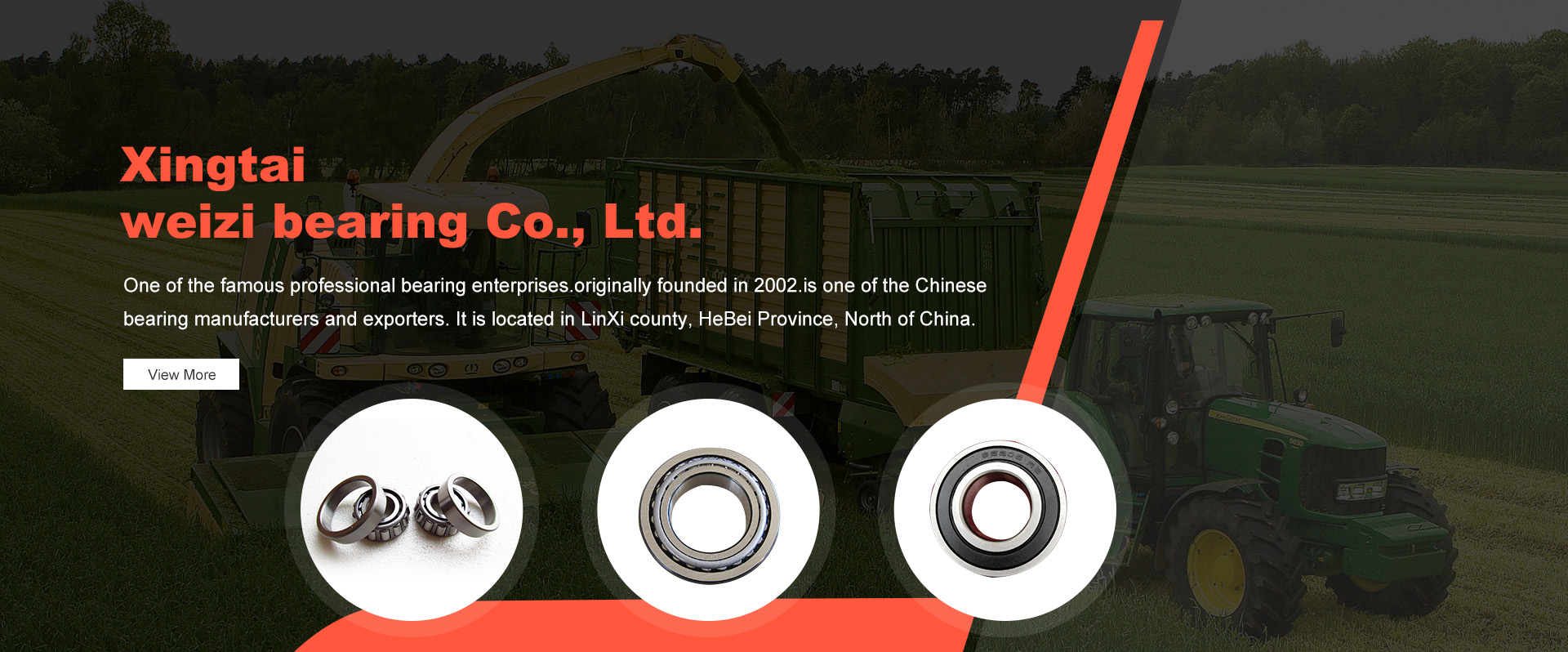
Dec . 15, 2024 04:48 Back to list
Durable Stainless Steel Thrust Bearings for Enhanced Performance and Longevity
Understanding Stainless Steel Thrust Bearings
Stainless steel thrust bearings are essential components in various mechanical applications, providing a robust solution for managing axial loads. Designed to accommodate forces applied parallel to the shaft, these bearings play a critical role in the smooth operation of machinery and equipment across different industries. In this article, we will explore the functionality, benefits, and applications of stainless steel thrust bearings.
What are Thrust Bearings?
Thrust bearings are bearing types specifically designed to support axial loads. Unlike radial bearings, which support loads perpendicular to the shaft, thrust bearings prevent components from moving axially, ensuring stability and control in rotating systems. They often consist of a rotating ring (the raceway), stationary rings, and rolling elements or pads between them.
Why Stainless Steel?
Stainless steel is a popular material for thrust bearings due to its excellent corrosion resistance, strength, and durability. This material can withstand harsh environments, making it suitable for applications exposed to moisture, chemicals, or extreme temperatures. The addition of chromium in stainless steel enhances its resistance to oxidation and tarnishing, prolonging the lifespan of the bearing and reducing maintenance requirements.
Advantages of Stainless Steel Thrust Bearings
1. Corrosion Resistance One of the significant advantages of stainless steel thrust bearings is their ability to resist corrosion. This feature allows them to function reliably in potentially corrosive environments, such as marine applications or chemical processing.
2. High Strength Stainless steel offers high tensile strength and durability, enabling these bearings to handle heavy loads without deforming. This strength is vital in applications where there are significant forces acting on the bearings.
3. Temperature Resistance Stainless steel can withstand high temperatures, making it ideal for applications that operate under extreme thermal conditions. This capability prevents deformation and ensures reliable performance even when subjected to thermal stress.
4. Reduced Friction Stainless steel thrust bearings are designed to minimize friction between the moving parts. This reduction in friction leads to improved efficiency and lower energy consumption in machinery.
stainless steel thrust bearing

5. Longevity With proper installation and maintenance, stainless steel thrust bearings can offer an extended service life. Their resistance to wear and tear translates to fewer replacements, contributing to lower operating costs.
Applications of Stainless Steel Thrust Bearings
Stainless steel thrust bearings are employed in various industries, including
- Aerospace In aircraft engines and landing gear, thrust bearings ensure smooth operation under extreme conditions, handling significant axial loads.
- Marine Thrust bearings are used in ship propulsion systems and other marine equipment, where they face corrosive saltwater environments.
- Manufacturing In machinery and conveyor systems, these bearings aid in reducing friction and wear, ensuring efficient production processes.
- Automotive Thrust bearings are critical components in different automotive applications, including gear systems and wheel hubs, where they provide stability and durability.
- Medical Devices In medical equipment, stainless steel thrust bearings are used for their reliability and hygiene, ensuring precise operation in critical applications.
Conclusion
Stainless steel thrust bearings are invaluable components in modern machinery, providing essential support for axial loads across various demanding environments. Their combination of strength, corrosion resistance, and high operational efficiency makes them the preferred choice for numerous industries. As technology continues to advance, the demand for reliable and robust bearing solutions like stainless steel thrust bearings will only grow, ensuring smooth and efficient operations across the board.
Latest news
-
Premium Deep Groove Ball Bearings | High Speed & Reliability
NewsAug.29,2025
-
Durable Scaffolding Clamps - Secure & Reliable Tube Connectors
NewsAug.28,2025
-
Common Failures in Thrust Ball Bearings and Solutions
NewsAug.22,2025
-
How Tapered Roller Bearings Can Take Shock Loads
NewsAug.22,2025
-
Angular Bearings in High-Precision Spindles
NewsAug.22,2025
-
The Impact of Misalignment on Cylindrical Roller Bearing Performance
NewsAug.22,2025
